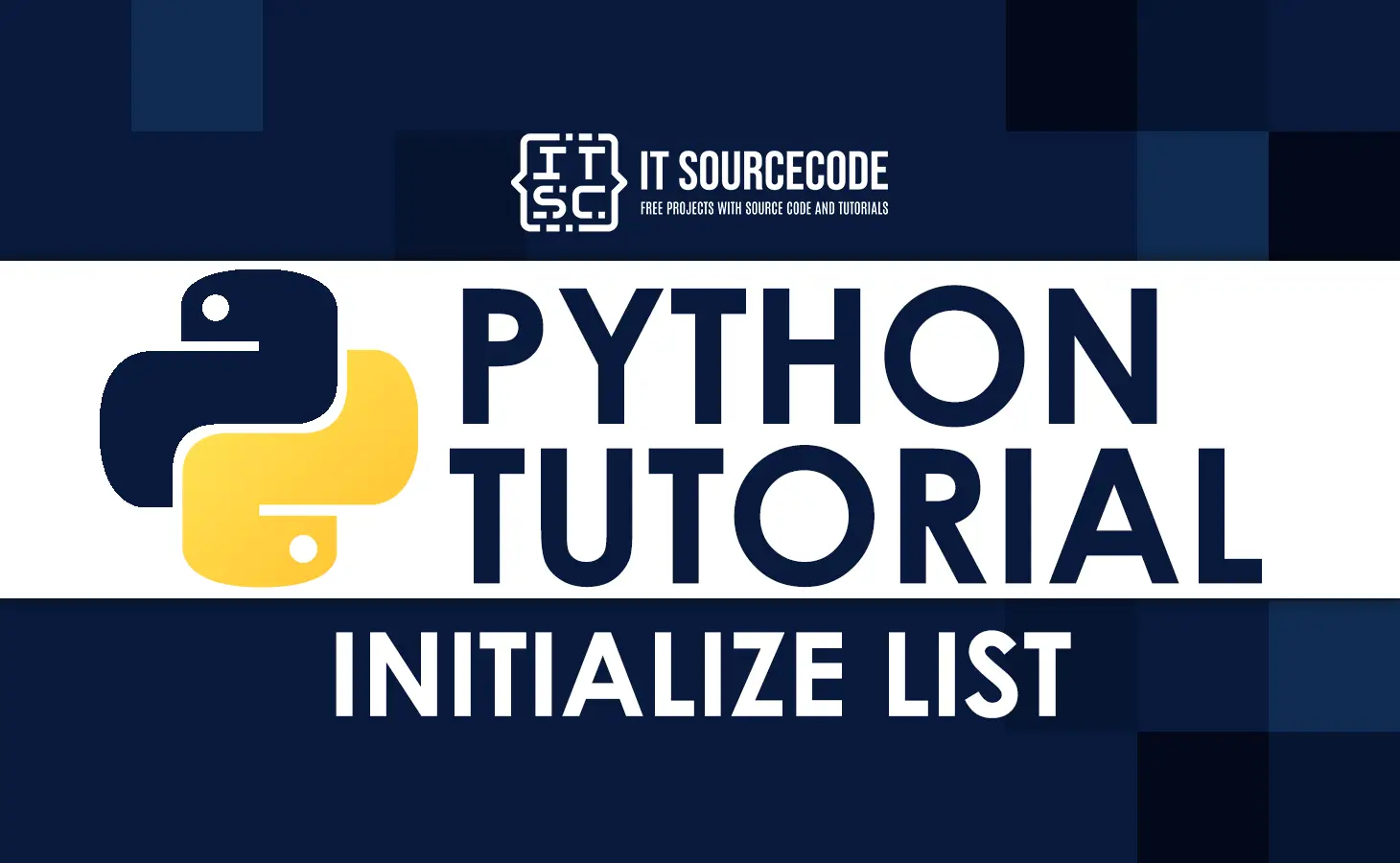What is a Python list?
A Python list is simply a sequence of numbers or other values.
This means that the list’s values can cover a wide range of possibilities.
The list itself is a container whose contents can be altered.
That means we can modify the current values by adding new ones or removing old ones.
Furthermore, a finite sequence is represented by the Python list.
Elements or items are the values contained in a list.
A Python list, on the other hand, can have the same value many times, unlike set.
How to Declare a List in Python?
The popular method of declaring a list in Python is using square brackets [ ].
Lists store zero or more elements.
In Python, list elements are separated by commas, while the list itself is enclosed in a set of square brackets.
Here’s an example of a list in Python:
website= [‘Python for Free’, ‘Proud Pinoy’, ‘IT Sourcecode’]
Our list contains three values: Python for Free, Proud Pinoy, and IT Sourcecode. We can reference our list by using the variable “website” that we declared above.
How to initialize a list in python?
We can create a list in Python using square brackets, the list() method, list multiplication, and list comprehension.
Now,examine how they are utilized below:
1. Python Square Brackets Create List
This time, we will focus on how to use the square brackets approach to create a list.
To create a list with empty values in Python, we can use square brackets or the list() method.
Here’s an example syntax:
python= []
print(python)We use the print() method to return blank square brackets with no value inside that represents a blank list.
[]Example Program with default values:
jobs = ['Software Engineer','Data Analyst']2. Python Create List() Method
Using the list() method is another method to create an empty list with no values in Python.
Here is the list() function that creates a list with no values:
jobs = list()
print(jobs)Output:
[]The results of the first two methods are the same: an empty list.
Neither of these methods has been standardized for usage under any given conditions.
As a general rule, the method of using empty square brackets ([]) is preferred due to its concision.
3. Python Declare List Multiplication
List multiplication is one way to initialize a list with multiple values.
Using this method, you can generate a set of parameters with a fixed number of possible values.
Example:
favorite_books = [''] * 10
print(favorite_books)Output:
['', '', '', '', '', '', '', '', '', '']
4. Python Declare List Comprehension
The list comprehension method can also be used to create an empty list with default values.
The term “list comprehension” in Python is used to describe a method for generating lists from an already existing iterable object.
In addition, it is a useful way to define a list based on an iterator because it is elegant, simple, and widely recognized.
The iterable object can be anything that can be traversed in a for loop, such as a list or the result of a range() command.
Example:
favorite_fruits = ['Choose a fruit.' for i in range(10)]
print(favorite_fruits)Output:
['Choose a fruit.', 'Choose a fruit.', 'Choose a fruit.', 'Choose a fruit.', 'Choose a fruit.', 'Choose a fruit.', 'Choose a fruit.', 'Choose a fruit.', 'Choose a fruit.', 'Choose a fruit.']
Conclusion
In conclusion, Python Initialize List is a cornerstone of any list-based operation.
This guide shows us how to use square brackets [] and the list() method to create empty lists with data.
Furthermore, we discussed methods for producing lists with a fixed number of values, such as list multiplication and list comprehension.
Aside from this topic, you can also check Python Print Exception with Program Examples

